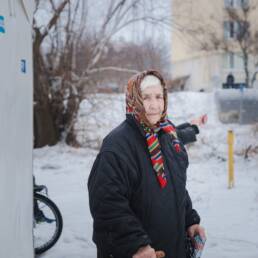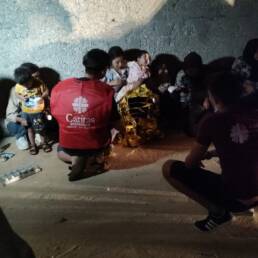The combination of public and private financing, defined as blended finance, has been increasingly used in the last decade by the European Union as part of its Overseas Development Aid (ODA).
One of the main arguments behind it is that it enhances the coordination between Development Finance Institutions, governments, donors and the private sector.
At Caritas Europa, however, we see this trend as rather dangerous because blended finance project performance is often assessed based purely on economic data with little consideration of the social and humanitarian impacts on local communities where implemented. Civil society and local communities are rarely involved in the project design and evaluation, and often these projects are not in line with overall national and local priorities. Furthermore, in some cases, the interests of large corporations from rich countries are privileged over those of the people in need that they are supposed to serve, as part of the so-called tied aid.
Often, blended finance projects receive a larger share of public funding than private. At Caritas Europa we consider that ODA is more effective when invested directly in the provision of social services, country-led policy reforms, and the strengthening of institutions through budget support and other grant modalities. This kind of ODA is more transparent and has a bigger potential to deliver development than blended finance.
In this position paper on blended finance, Caritas Europa presents eight concrete recommendations for the European Union and Member States to consider as they redefine the European Fund for Sustainable Development Plus (EFSD+) within its 2021-2027 budget, currently under negotiation. Since the EU is expected to keep relying on blended finance projects, we ask for concrete measures to ensure it has a positive impact, not only in economic terms but also significantly contributing towards Agenda 2030, the UN’s Sustainable Development Goals (SDGs) and integral human development for all.
More information
Lucy Anns
Senior Policy and Advocacy Officer
Tel: +32 (0)2 235 26 52
Mob: 32 (0)492 505 860
lanns@caritas.eu




